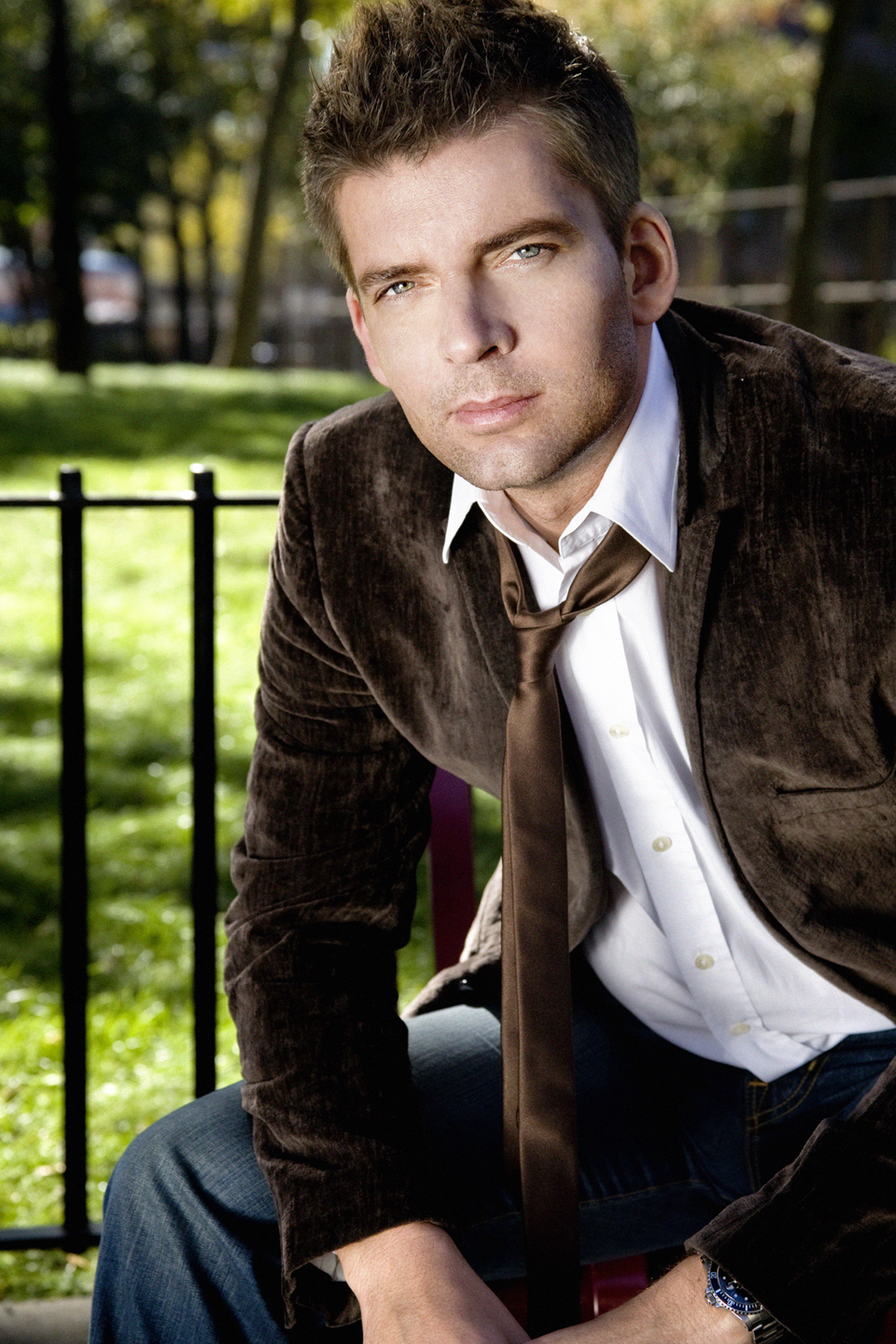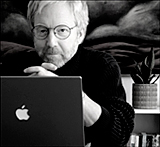Ensemble Intercontemporain at the Library of Congress
By Stephen Brookes • The Washington Post • November 15, 2015
It was a visibly shaken Matthias Pintscher who took the stage at the Library of Congress on Friday evening, only hours after a series of savage terrorist attacks had swept across Paris. Asking for a minute of silence, Pintscher and his Paris-based Ensemble Intercontemporain bowed their heads, then launched into a program of music that, in its dazzling expressiveness and intensity of feeling, felt like a tribute to the victims — and a profound, unbending affirmation of life. Matthias PintscherA work of almost prayer-like gentleness opened the program. Hannah Lash’s lovely, understated “Two Movements for Violin and Piano” (a commission by the Library’s McKim Fund, in its premiere) used the simplest of means — a cantabile violin line over a spare and open piano accompaniment — to create a sense of wistful reflection, then hesitation, before finding release in the soaring second movement.
Matthias PintscherA work of almost prayer-like gentleness opened the program. Hannah Lash’s lovely, understated “Two Movements for Violin and Piano” (a commission by the Library’s McKim Fund, in its premiere) used the simplest of means — a cantabile violin line over a spare and open piano accompaniment — to create a sense of wistful reflection, then hesitation, before finding release in the soaring second movement.
The contrast with Edgard Varese’s “Octandre” could not have been greater. There’s a gleefully explosive quality to this 1927 work, which roars and screeches and erupts at every turn with Machine Age mania, and under Pintscher’s baton the ensemble — arguably the finest contemporary music group on the planet — turned in an almost disconcertingly vivid performance.
Pintscher is as known for his composing as for his conducting, and his three-part “Profiles of Light” (in its U.S. premiere) proved to be a work of rigorous, uncompromising modernism. Pianists Hidéki Nagano and Dimitri Vassilakis and cellist Éric-Maria Couturier turned in an impassioned reading, but the music was easier to admire than to really fall for — the kind of Serious European Composing that sounds increasingly hidebound in the face of the adventurous, unbuttoned and voraciously free-ranging music coming out of the American new-music scene.
Georgy Ligeti’s “Chamber Concerto” for 13 instrumentalists, on the other hand, remains as flat-out gorgeous today as it did in 1970. Pintscher gave it a luminous and superbly detailed reading, richly complex but instantly and irresistibly engaging. And the 1925 “Chamber Concerto” for piano, violin and 13 winds by Alban Berg proved an even greater showcase for the ensemble’s virtuosity, driven by psychologically astute performances from violinist Diégo Tosi and pianist Nagano. The packed house responded with an extended standing ovation — as much, perhaps, for the ensemble’s fortitude in adversity, as for its stunning musicianship.


Reader Comments